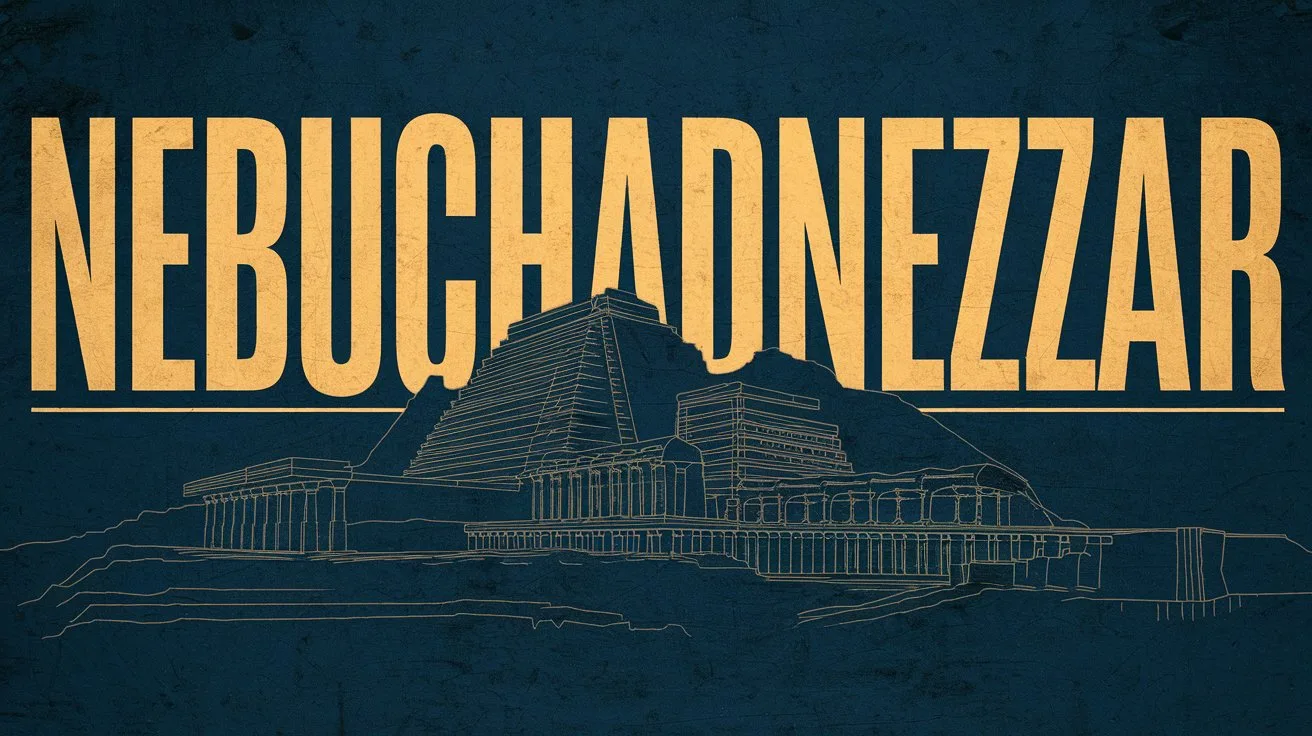Tarshish is mentioned multiple times in Scripture and is commonly understood as a distant port city associated with trade, wealth, and seafaring. Though its exact location is uncertain, many scholars identify it with a region in the western Mediterranean, possibly southern Spain.
One of the most well-known references to Tarshish occurs in the account of Jonah. When God called Jonah to go to Nineveh, Jonah fled “to Tarshish from the presence of the Lord” (Jonah 1:3). He went down to Joppa and found a ship bound for Tarshish, attempting to escape God’s command. This act of flight led to the great storm and Jonah’s eventual swallowing by a great fish.
Tarshish is also associated with wealth and commerce. In 1 Kings 10:22 and 2 Chronicles 9:21, it is recorded that Solomon had a fleet of ships of Tarshish that returned every three years bringing gold, silver, ivory, apes, and peacocks. These ships symbolized the international reach and opulence of Solomon’s kingdom.
The prophets refer to Tarshish as a source of riches and a symbol of worldly power. Isaiah 23:1 describes the fall of Tyre and mentions the ships of Tarshish mourning over it. In Ezekiel 27:12, Tarshish is listed among the trading partners of Tyre, offering silver, iron, tin, and lead in exchange for goods.
In the eschatological context, Tarshish is mentioned in Isaiah 66:19 as one of the distant lands to which God will send survivors of His judgment to declare His glory among the nations. It signifies the extent of God’s mission and His sovereignty over all lands.
Tarshish, therefore, represents both the far reaches of human enterprise and the futility of fleeing from God. It also serves as a picture of the Gentile world, which is included in God’s ultimate plan of redemption.







